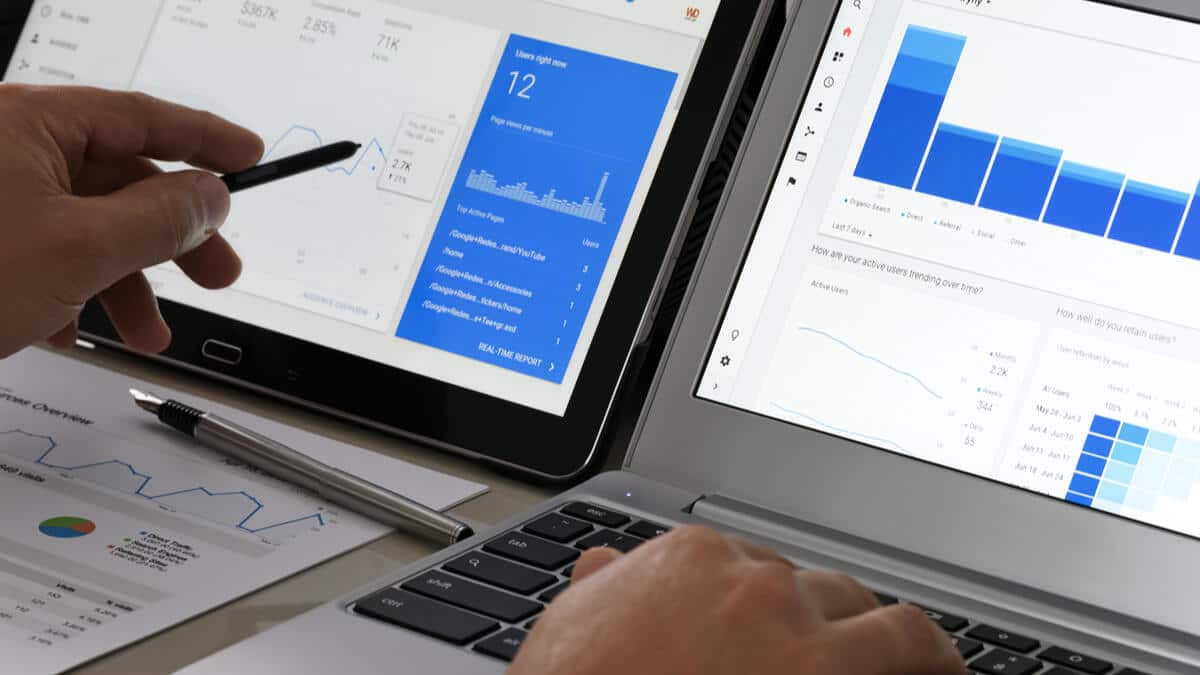eCommerce attribution is perceived as one of the most complex areas of online retail. As a result, many eCommerce founders and marketers don’t bother to really understand it.
Don’t be tempted to keep your head in the sand regarding eCommerce attribution, though. It’s very hard to accurately assess the value of each marketing channel and campaign without it.
In a world where ROAS and gross margins are king, eCommerce attribution is crucial for online sellers to understand what to cut, and where to double down.
What is an attribution model?
An attribution model is an analytics system that allows you to credit your various customer touch points for a percentage of the sale, or the conversion they participated towards.
That includes your advertising channels (Facebook, Instagram, Google Ads), interactions with your customer service team, and even visits to any physical stores if you have them.
You can use this data to create eCommerce metrics to measure how your sales funnel is performing. Or customer service metrics to understand more about the experience you provide.

Types of attribution models
There are many attribution systems used by marketers and analytics platforms. These are some of the most popular:
1. Last touch or last click
The final touch point gets all the credit for the sale. This model ignores any other touches that may have set up the purchase.
This eCommerce attribution model is very common, very easy to set up, and very popular because of that, but it’s flawed. Assigning all the weight to the last action, disregards most of the buyer’s life-cycle.
Experienced online sellers understand that early stages in the eCommerce funnel are still important. Maybe not as impactful as a high-converting product page, but shouldn’t be ignored completely!
2. First touch, or first click
The opposite from last touch. The first touch gets all the credit, regardless of your efforts to nurture the contact to the sale.
This model is great if you want to understand what type of campaigns are bringing awareness to your brand, but often inaccurate because of cookie expiration times.
3. Linear
All touch points get equal weight. This model is unlikely to be fully accurate, but fairly close.
Not all touches are equal, so the spread between the real value and the value attributed by the linear model is likely to give you an inaccurate view of things.
4. Time-decay
All touch points get credit, but those closer to the sale are weighted heavier than early interactions. This is the hardest eCommerce attribution model to set up but the most accurate reflection of a sales journey.

The perfect attribution model for your eCommerce brand
If you came to this post expecting to find which model is best for you, I’m sorry to disappoint. It depends on your business, your LTV/Average cart multiple, and your marketing spend breakdown.
Most businesses that are advanced in attribution choose a custom model that provides proper weighting to touches based on the unique mechanics of their business. eCommerce attribution is a delicate science and requires careful interpretation.
Which eCommerce marketing channels do you and don’t you use? Which channels are directly converting? Are they assists, or ‘soft conversions’, that set up sales later in the funnel? How does the average purchasing path look? Where are you finding the best ROAS?
Those are all questions that have to be answered, and that will be unique to your business.
LTV and Assisted conversions
The two top things marketers LOVE to forget. I see ROAS calculations being done on average purchase (cart) all the time, and it hurts.
Lifetime Value (LTV)
It is five times more expensive to acquire a customer than to retain one. That means the marginal cost of every sale after the first, particularly in advertising, becomes minimal. So whatever margin you made on the first sale is only going to increase for their second and third purchases.
Most eCommerce companies understand this pretty well at the sales level. However, in their eCommerce attribution model, online retailers often ignore it. This results in a misreading of the value of each touch point and channel.
Variation in purchase frequency matters when making channel spend decisions. Don’t concentrate on first conversions as much as lifetime value, and you’ll be surprised at the value of your funnel.
Assisted conversions
In a world where 98% of visitors won’t buy the first time they visit, and shopping carts are abandoned two-thirds of the time, assisted conversions are the name of the game!
The ability to create additional touch points following that first experience will nurture sales prospects into customers. Attributing these touch points correctly is critical when assessing your channels and campaign spend.
That’s why the first touch and last touch eCommerce attribution models are flawed. Few customers buy after the first touch, and unless you create these assisting experiences in the middle of the funnel, nobody will give you the opportunity of a last touch. Think long term, high frequency.

Where do I start?
Google analytics is a great place to gather eCommerce metrics for your online store.
Go to Analytics and on the left side bar > Conversions > Multi-channel funnels > Top conversion paths.
This page should give you an idea of which pages people are interacting with before they convert (or achieve one of the goals you’ve set up in your analytics).

In that same section Time lag will give you an idea of the number of days from first ad impression to conversion for whatever channel you are looking at.
Now, onto Assisted conversions, which will give you Google’s best idea of which soft conversions and touches along the way participated towards your conversions. Remember, you can always narrow down by channel, source, or even landing page to get even more specific results.
Now, this all assumes you have set up proper UTM tracking in the past. If you have not, there are plenty of very good guides online on how to do it.
Why does eCommerce attribution matter?
Data should be the one driver of your marketing, investment, and by extension, business decisions. If you don’t use data to guide you will make the mistake of cutting a high-converting ad campaign. Or you could end up doubling down on the wrong channel or leaving sales on the table.
Understanding what converts and what doesn’t is the marketing version of knowing what sells and what doesn’t. Even it it’s not immediately evident at the surface.
Try a better way to support your customers. Sign up for a 14-day trial today. No credit card needed.
About the author: Nicolas Derico is the marketing director at Wayflyer. Wayflyer offers revenue-based financing for direct-to-consumer eCommerces as well as free analytics to help founders better deploy their funds.


